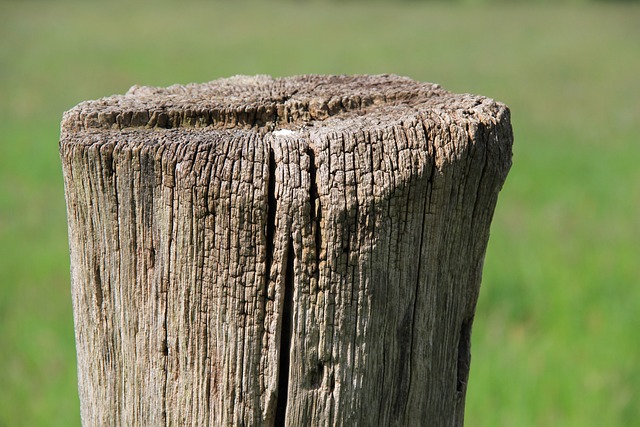Introduction:
Protecting and enhancing your wooden fence doesn’t stop at installation. Fence staining and sealing are essential steps to ensure longevity, aesthetics, and value retention. This article guides you through the process, starting with an exploration of staining benefits and types. We delve into the crucial role of sealing, offering insights on product selection for optimal results. Additionally, a step-by-step guide is provided to equip homeowners with the knowledge to maintain their fences effectively.
- Understanding Fence Staining: Benefits and Types
- The Importance of Sealing for Longevity
- Choosing the Right Products for Your Fence
- Step-by-Step Guide to Effective Fence Maintenance
Understanding Fence Staining: Benefits and Types
Understanding Fence Staining involves recognizing its numerous benefits that go beyond mere aesthetics. By sealing and staining your wooden fence, you’re protecting it from the elements, including UV rays, rain, and snow, which can all contribute to rot and decay over time. Staining also helps to preserve the wood’s natural color and grain, enhancing its visual appeal. Various types of stains are available, each offering different levels of protection and coloration. Water-based stains are eco-friendly and easy to clean, while oil-based options provide deeper penetration and longer-lasting protection. Solid colors offer bold, vibrant looks, while transparencies allow the wood’s natural beauty to shine through slightly.
The Importance of Sealing for Longevity
The final step in fence staining, sealing is an often-overlooked but crucial component to ensure the longevity of your wooden fence. While staining enhances the aesthetic appeal and color of your fence, sealing acts as a protective barrier against the elements. Moisture, UV rays from the sun, and extreme temperatures can all contribute to wood decay and fading. A good quality sealer forms a shield, filling in pores and cracks to prevent water absorption and limiting direct sunlight exposure that could cause the stain to fade faster.
By sealing your fence, you’re creating an extra layer of defense against these environmental factors, ensuring that your fence remains vibrant and durable for years to come. This simple step can save you from costly repairs or frequent re-staining, making it a sensible investment in maintaining the appearance and value of your property.
Choosing the Right Products for Your Fence
When considering fence staining and sealing, it’s paramount to select products tailored to your wooden fence’s specific needs. Different stains offer varying shades and levels of protection, so choose one that matches your aesthetic preferences while ensuring adequate protection against elements like UV rays and moisture. Water-based stains are often environmentally friendly and easy to apply, whereas oil-based options provide deeper penetration and longer-lasting color.
Additionally, consider a sealer to safeguard your fence’s finish. Sealers create a protective barrier, preventing water absorption and slowing down the aging process of the wood. Look for a high-quality, weather-resistant sealer designed for exterior use, ensuring it will withstand exposure to sunlight and changing climates.
Step-by-Step Guide to Effective Fence Maintenance
To maintain your wooden fence and ensure it lasts for years to come, follow this step-by-step guide. First, clean the fence thoroughly using a pressure washer or a stiff brush to remove any dirt, mold, or mildew buildup. This initial step is crucial as it prepares the surface for staining and sealing. Next, sand the fence gently with fine-grit sandpaper to smooth out any rough spots or splinters, enabling better adhesion for the subsequent coats.
After cleaning and sanding, inspect the fence for any damaged or rotten sections. Replace or repair these areas before proceeding. Once the fence is in good condition, apply a high-quality wood stain to protect against fading and weather damage. Allow the stain to dry completely according to the manufacturer’s instructions. Finally, seal the fence with a water-repellent sealer to lock in moisture, enhancing its durability and aesthetic appeal.
